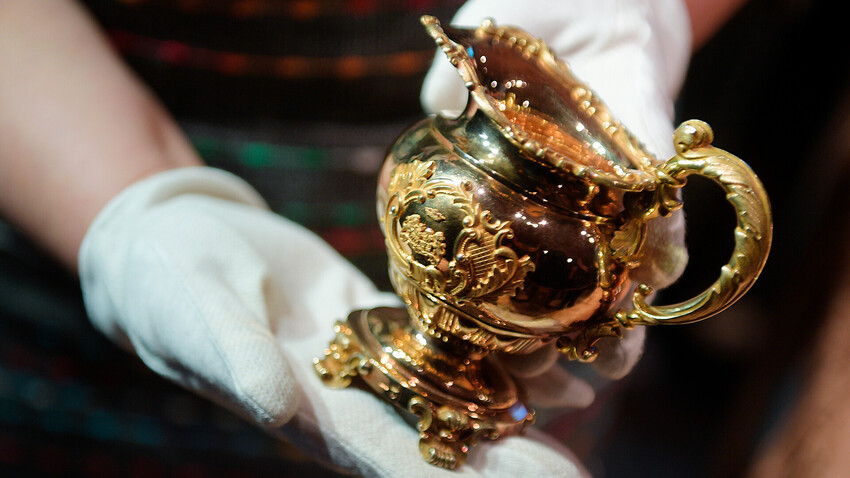

One of the main “suppliers” of treasures is the Moscow Kremlin. Treasures have been repeatedly found on the territory of the city’s oldest settlement. For example, in the 19th century, during renovations, a copper basket was discovered filled with ancient bronze and copper Roman coins! But how did the money of the 1st-3rd centuries end up in Moscow? It appears that someone bought the collection in Europe in the 17th century and then hid it away.
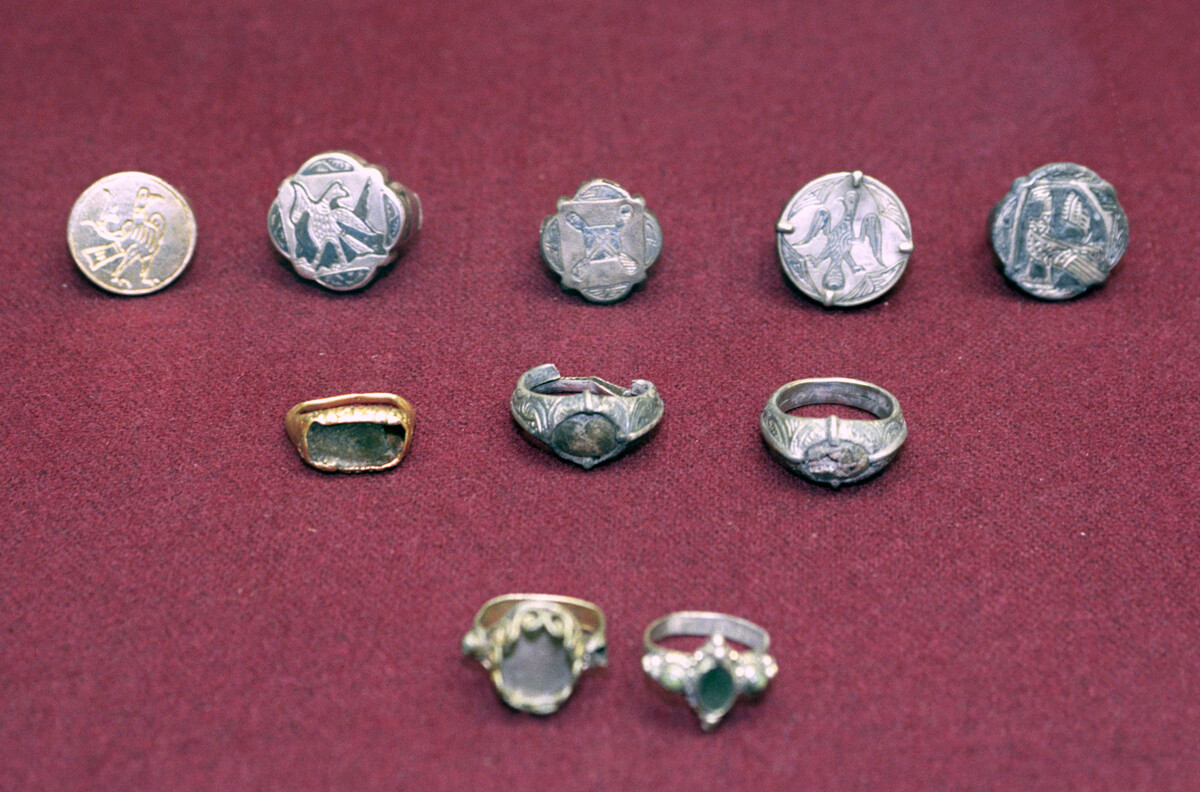
“Land investments” were a reliable means of protecting savings from thieves and looters. In 1939, metal jugs containing 33,800 coins were found at the Spassky Gate! In the scattering of money from the times of tsars Mikhail Fedorovich and Alexei Mikhailovich, crosses and jewelry were also discovered. Apparently, someone tried to preserve their savings in this way during the ‘Salt Riot’, when an uprising began in Moscow, due to increased taxes and salt prices.
But the biggest find occurred in 1988. Builders engaged in excavation work literally stumbled upon treasures from the 13th century: gold and silver ingots, Slavic, Scandinavian and Persian jewelry - 300 items, in total. Most likely, Prince Vladimir Yuryevich hid the treasury in the ground, saving it from Batu’s invasion. In 1238, the khan burned Moscow, but he did not find the treasure, which has since been laying in the ground for more than 700 years.
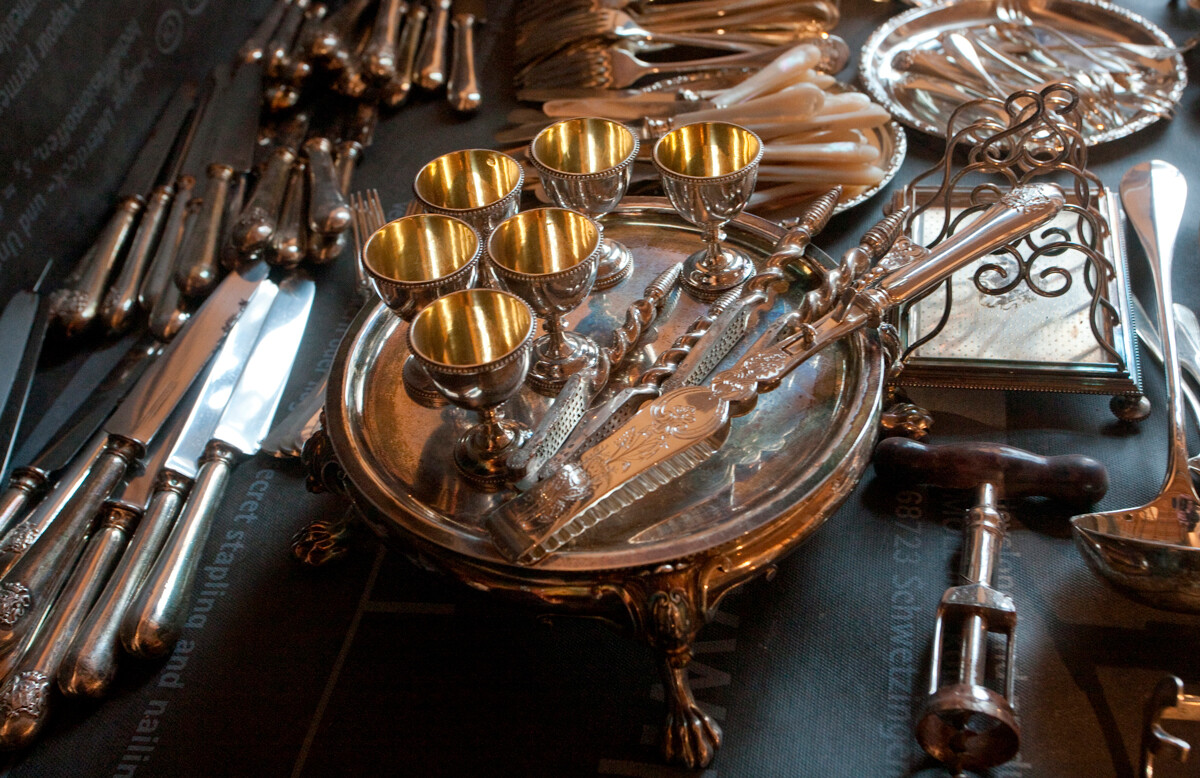
The act of Rrepairing is an “assistant” to historians, and what a great one at that! During construction work at the Trubetskoy-Naryshkin mansion in St. Petersburg in 2012, workers opened up the ceilings between the second and third floors. And they were speechless: in front of them lay bags with trunks and boxes with silverware, medals, jewelry, watches, and candelabra and many other things. They didn’t think long and decided to take everything out as quickly as possible. The workers who were hastily loading something into a van in the middle of the night seemed suspicious to the policeman on duty. He randomly opened one of the bags and... Then it was his turn to be speechless...
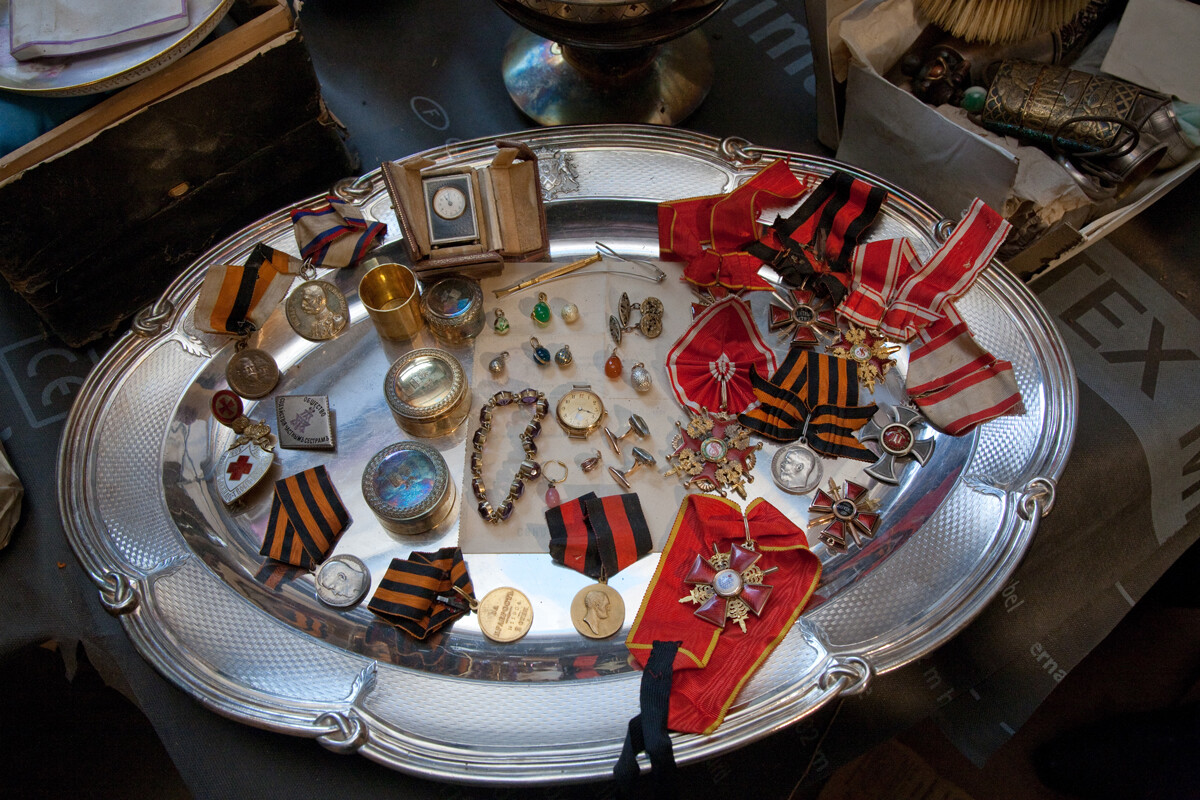
In 1917, the Naryshkins and, after them, the last owners of the mansion - Lieutenant of the Life Guards Hussar Regiment Sergei Somov and his wife Natalya Naryshkina - left Russia.
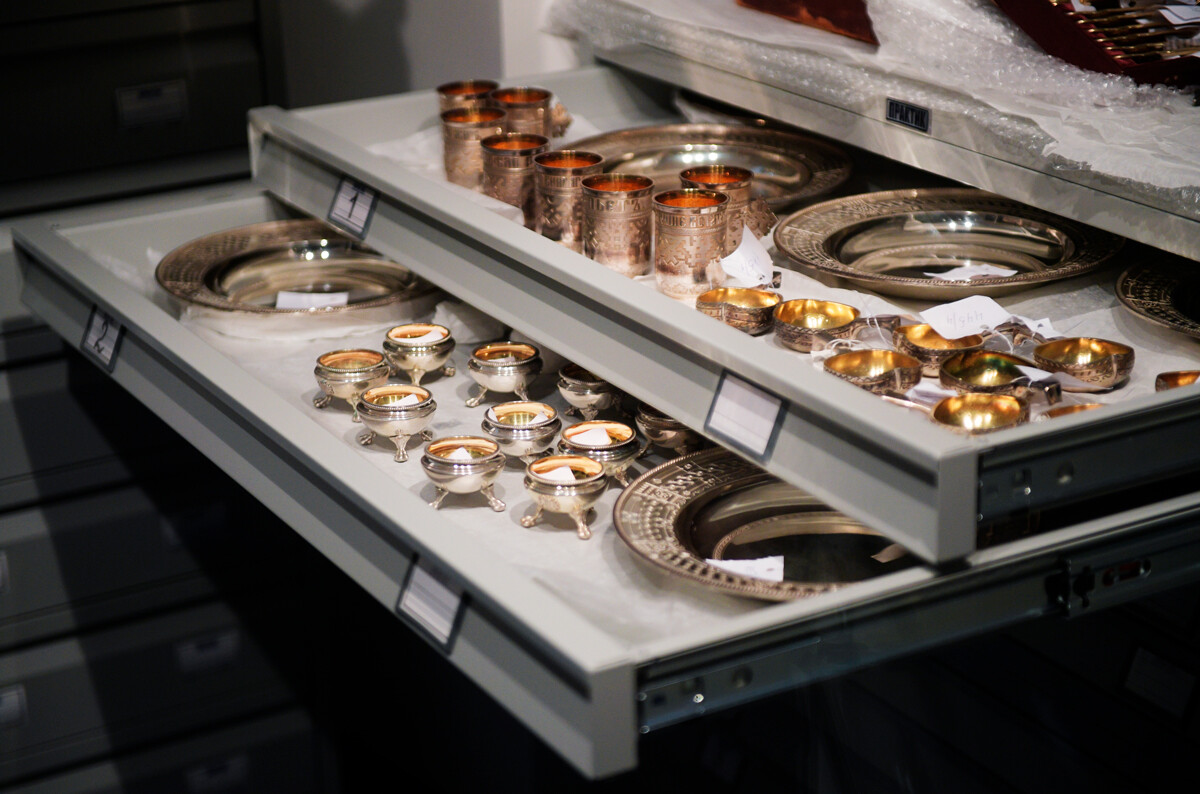
More than 2,000 items with the coats of arms of the princely family of the Naryshkins and Somovs, including a luxurious service tray from the company of Ignatius Sazikov - in total, 400 kilograms of treasure - became the largest find in Russia.

In 1822, while doing road construction work, peasants Ustin and Moisei Efimov found a pair of “round pieces” that looked like gold. They began to search further - and the plow began to remove bracelets, icons, kolta (they were used to decorate women's headdresses) and barmas - large round medallions with precious stones, pearls and images of saints - from the ground. These massive decorations are considered one of the princely and royal regalia. For the treasure found at the site of Old Ryazan, the Efimovs received a reward of 10,000 rubles.
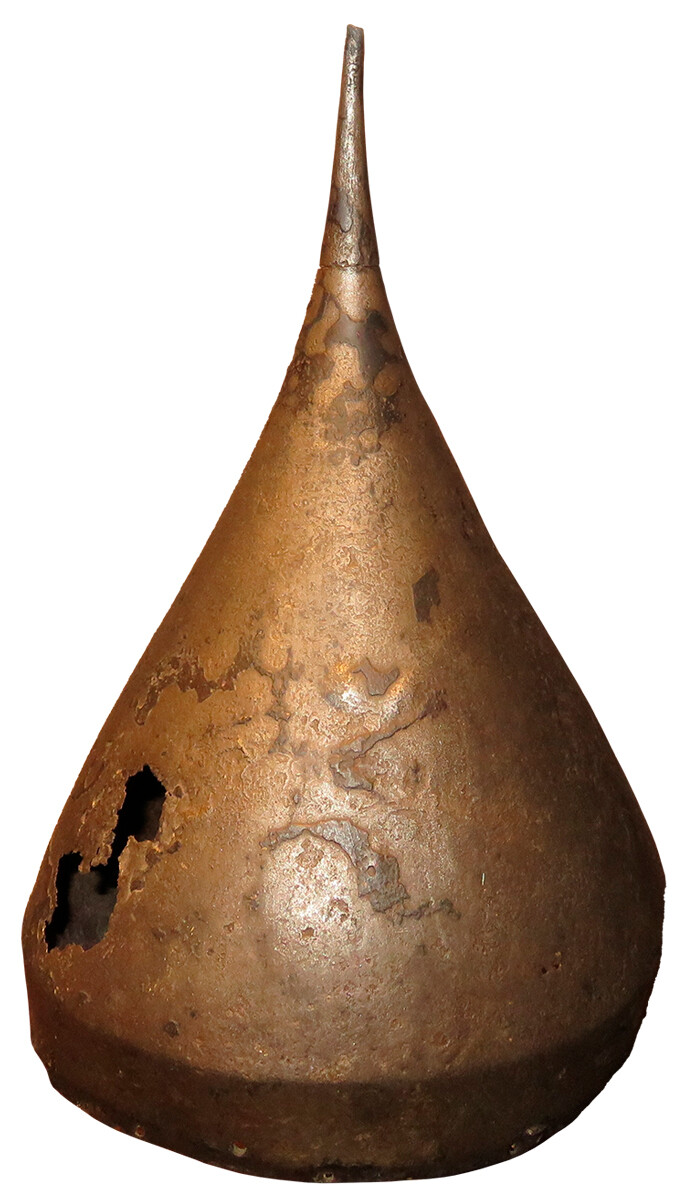
Once upon a time, potters and blacksmiths settled on the territory of Ipatievsky Lane in Moscow, after which wealthy citizens chose this area. In the 16th century, nobles and boyars, who were in public service, had to be ready to go to a review or on a campaign at the first request. And they had to have weapons and armor for such cases. So, it’s not surprising that, in 1895, an entire arsenal was discovered in one of the houses on Ipatievsky Lane. Helmets, chain mail, pike tips and coins from the time of Ivan the Terrible.
In 1969, archaeologists discovered a charred barrel with axes, knives and a hand-forged smoothbore gun.
But, an even more amazing discovery was made in 1970: a huge copper basin filled to the rim with Spanish Pesos and Reals! Minted not only in Madrid, Barcelona and Seville, but also in Mexico, Bolivia, Colombia - a total of 3,398 coins! The find weighed in at 74 kilograms! How did they end up in Moscow? It seems that some merchant may have wanted to sell them to the treasury for melting down.

Literally within arm's reach was the gold that was discovered in 1965 in St. Petersburg’s ‘Gostiny Dvor’. During the renovation, workers opened up the floor and found brickwork, but it was too uneven. So, they carefully began to dismantle it: but the ancient building materials turned out to be unusually heavy. “Maybe it’s gold,” the workers laughed, but, just in case, they decided to take the find for examination. It turned out that it was not just gold, but the highest standard, 999.99. Interest in the tedious work immediately jumped significantly: seven more bricks were found. In total, they retrieved 128 kg.
Once upon a time, this premises housed a jewelry store belonging to the imperial court supplier Ivan Morozov. His sons, just in case, set up a hiding place there, but, after the 1917 Bolshevik Revolution, they were never able to take away what was stored in it.
What valuables could be stored in simple-looking jugs? Oil or wine perhaps? Actually, much simpler: money.
Two vessels discovered in ‘Gostiny Dvor’ turned out to be the largest coin treasure in Moscow: 335 Western European coins of the second half of the 16th - early 17th centuries and more than 95,000 silver Russian coins minted under the reign of tsars Ivan the Terrible, Boris Godunov and Fyodor Ivanovich.

In 2016, in Pskov, archaeologists discovered more than 300 coins, medals, jewelry and orders - the treasure was neatly packed in six tin cans. Novgorod, Pskov, Moscow and Tver scales and ‘efimkas’ (melted down from foreign silver ‘thalers’ and minted anew with the royal mark) from the time of Tsar Alexei Mikhailovich, kopecks of Boris Godunov, coins of Peter I, an award ladle and cup of Catherine II, coronation coins and even a refined gold bar of high standard.
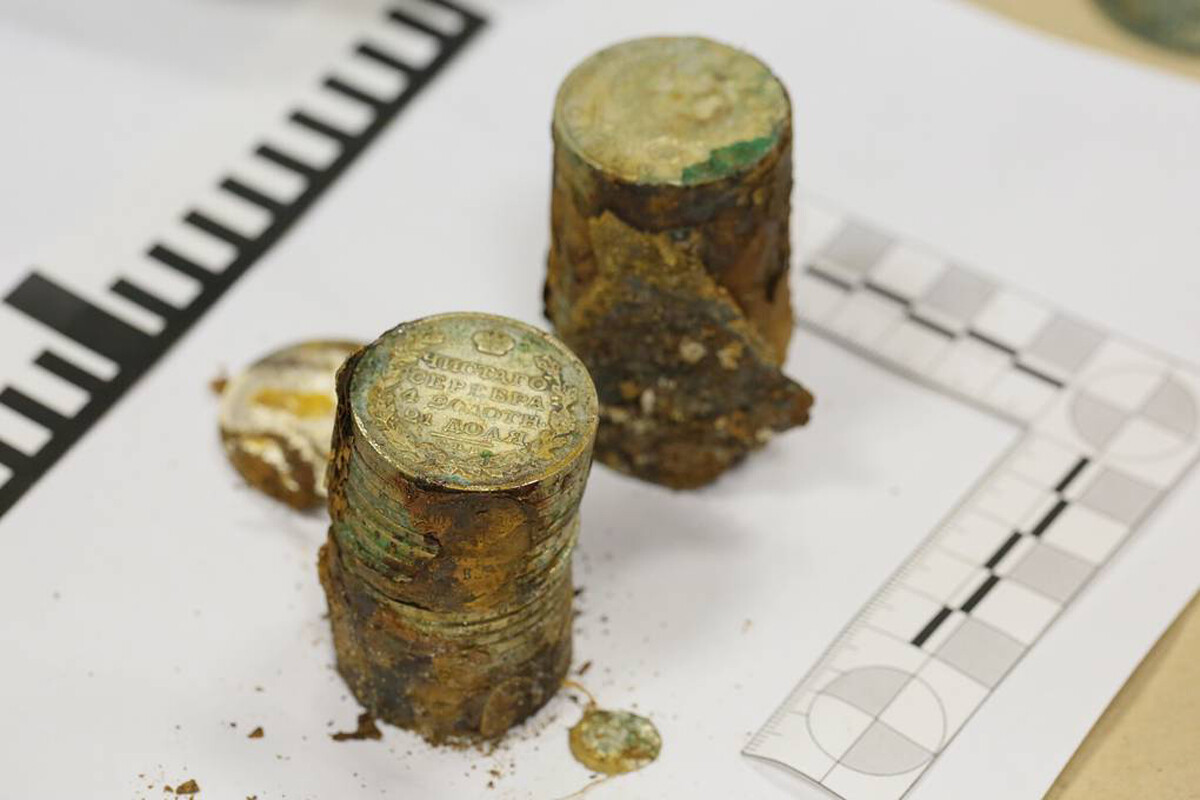
Most likely, this collection belonged to merchant Fyodor Plyushkin, a passionate collector of rarities and antiquities. He replenished his collection over the course of 40 years. He was interested in literally everything: paintings, weapons, personal belongings of Alexander Suvorov, icons and, of course, coins. There were 84 boxes of them in his collection - even more than in the Hermitage!
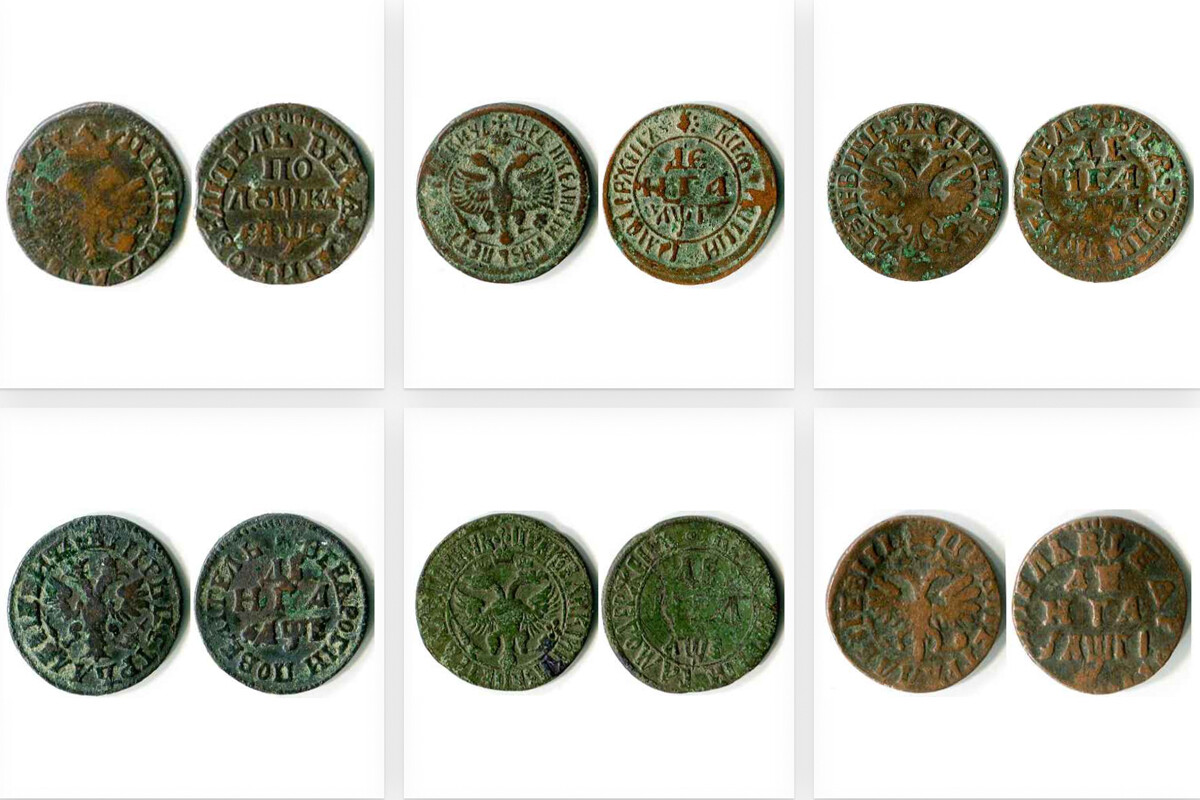
More than 800 kilograms of coins? Yes, that’s exactly how much was found in the basement of the Cathedral of the Nativity of the Virgin Mary in Ustyuzhna in 1936. Money from various years - from Empress Anna Ioanovna to Tsar Nicholas II, mostly copper, but there were also silver coins, most likely, they came to the temple in the form of donations. For example, for the bell casting.
Dear readers,
Our website and social media accounts are under threat of being restricted or banned, due to the current circumstances. So, to keep up with our latest content, simply do the following:
If using any of Russia Beyond's content, partly or in full, always provide an active hyperlink to the original material.
Subscribe
to our newsletter!
Get the week's best stories straight to your inbox